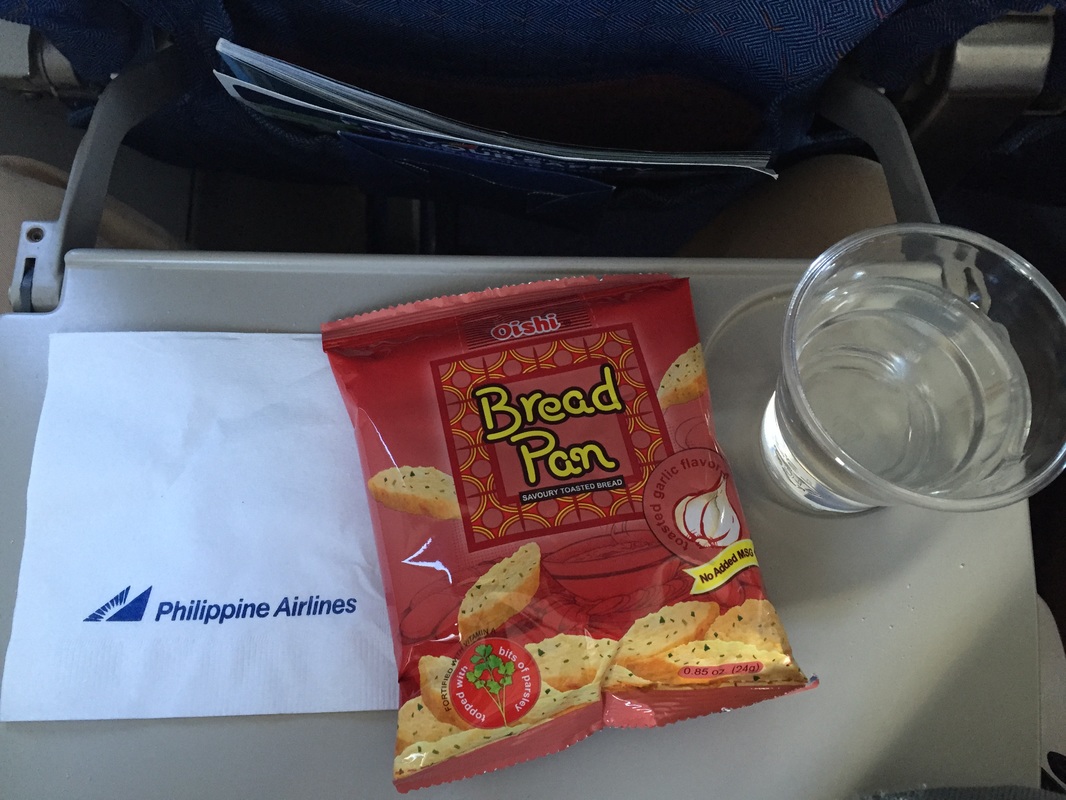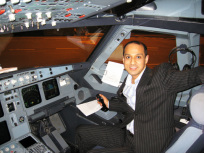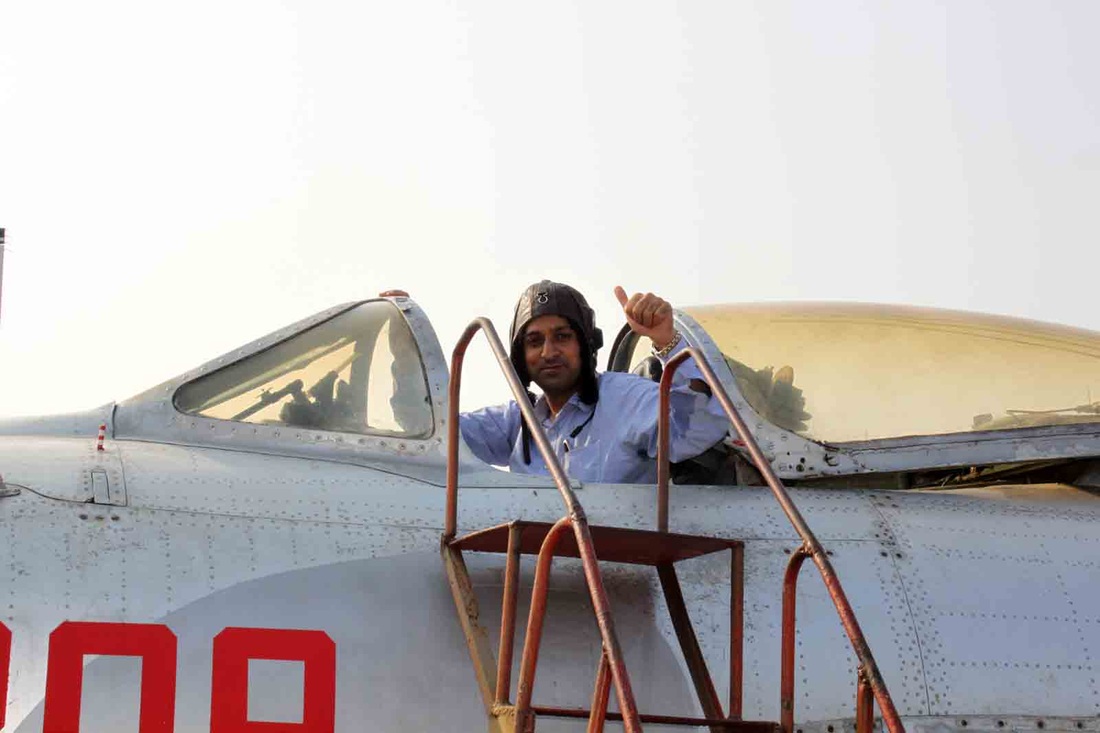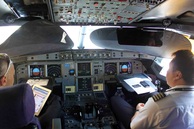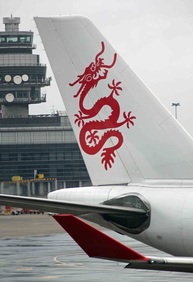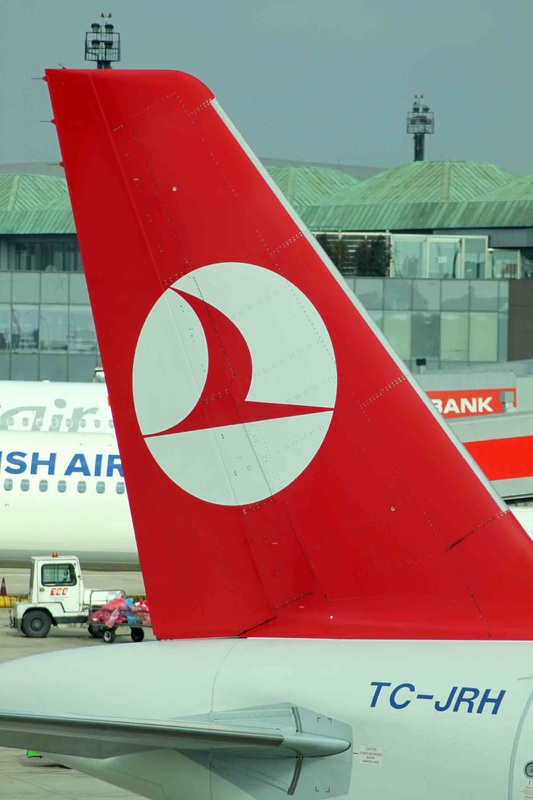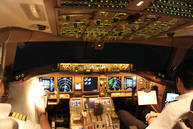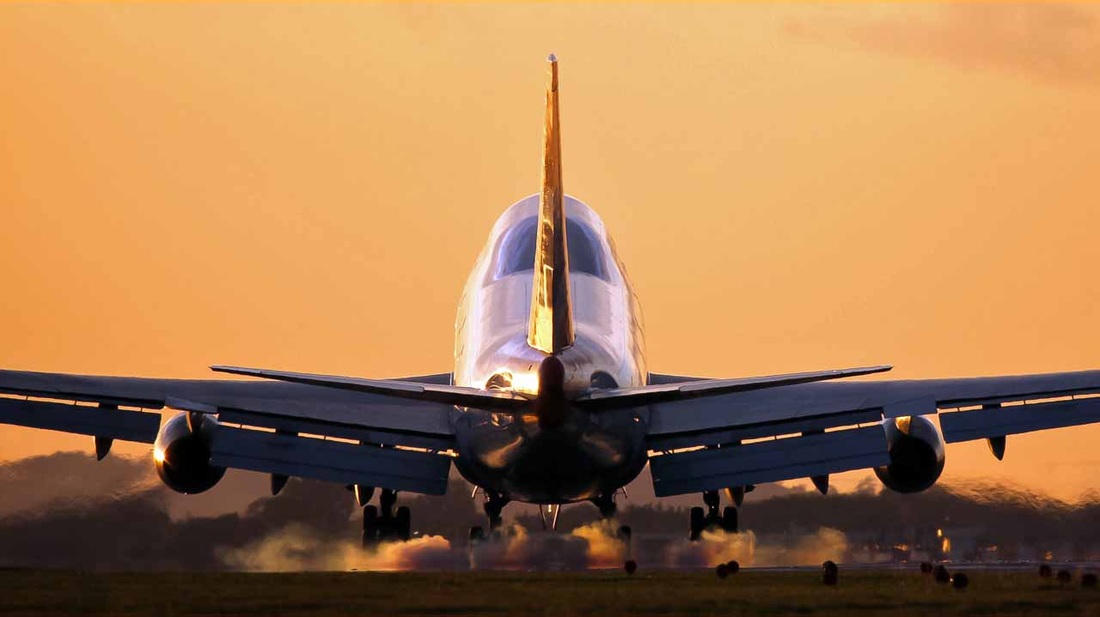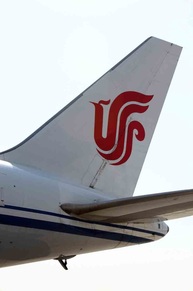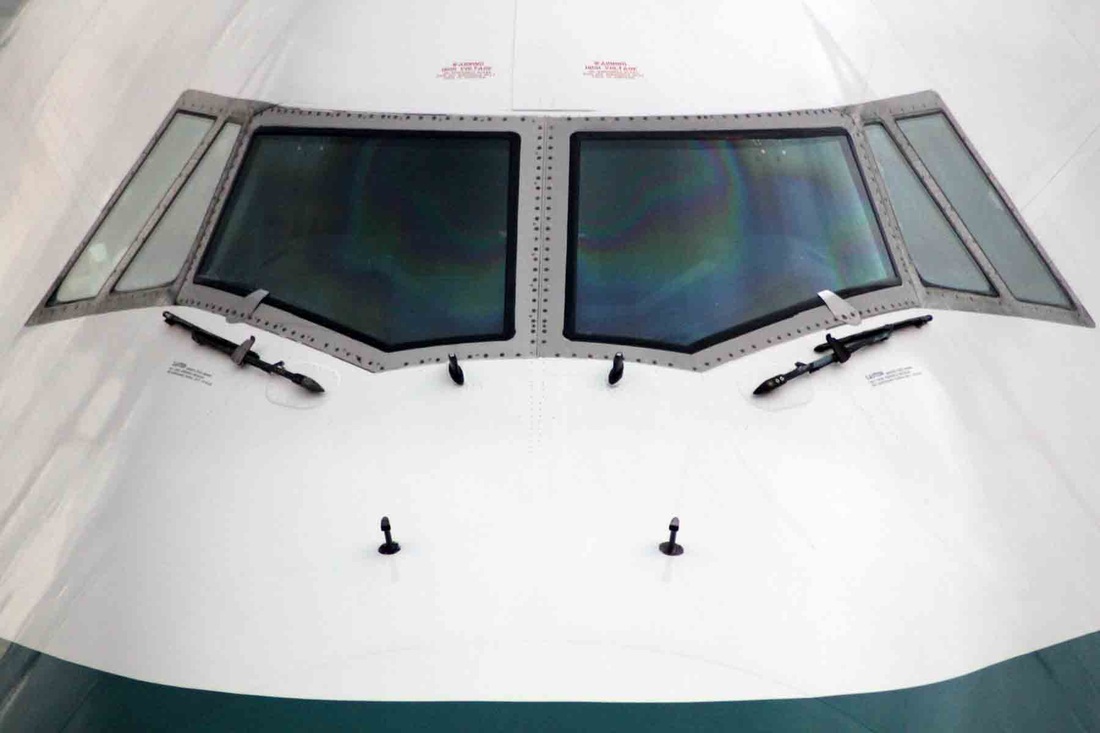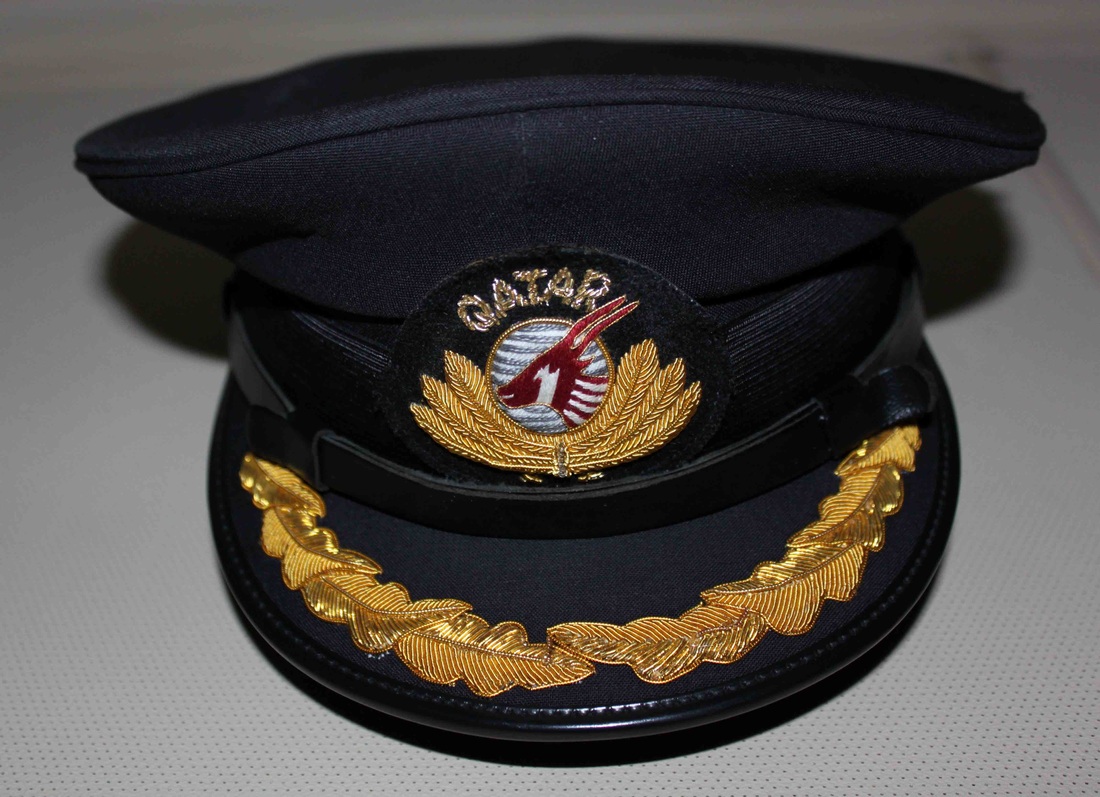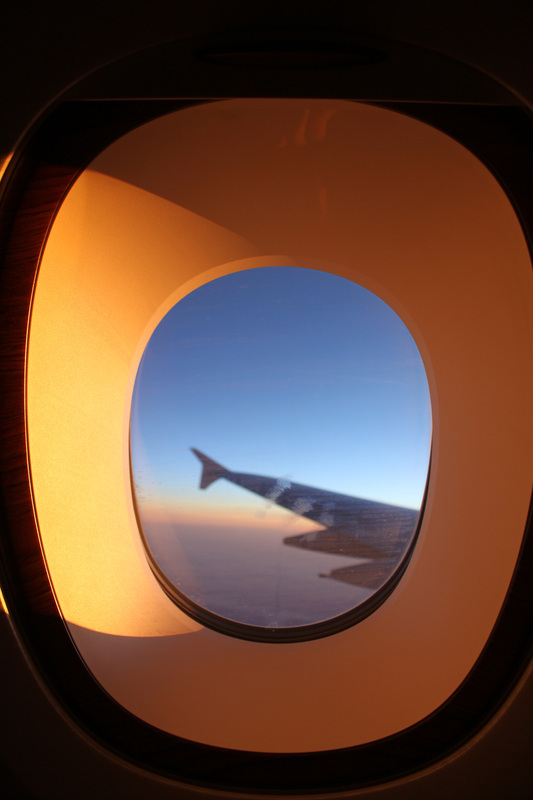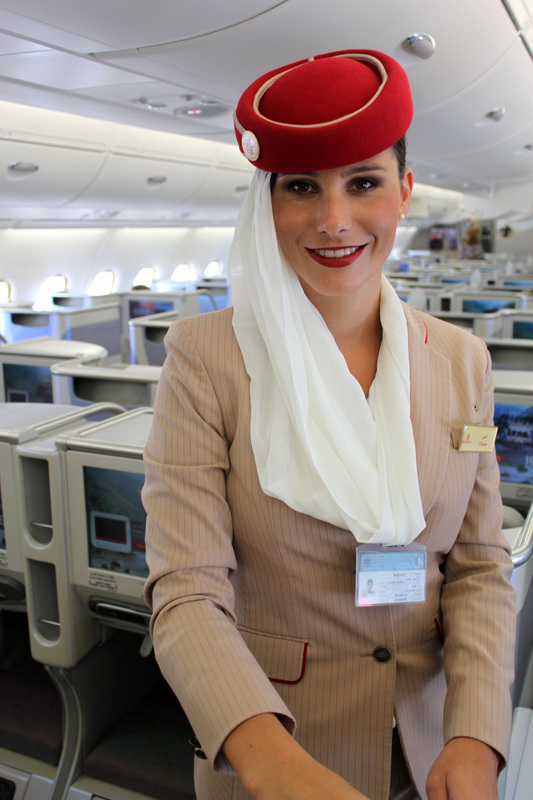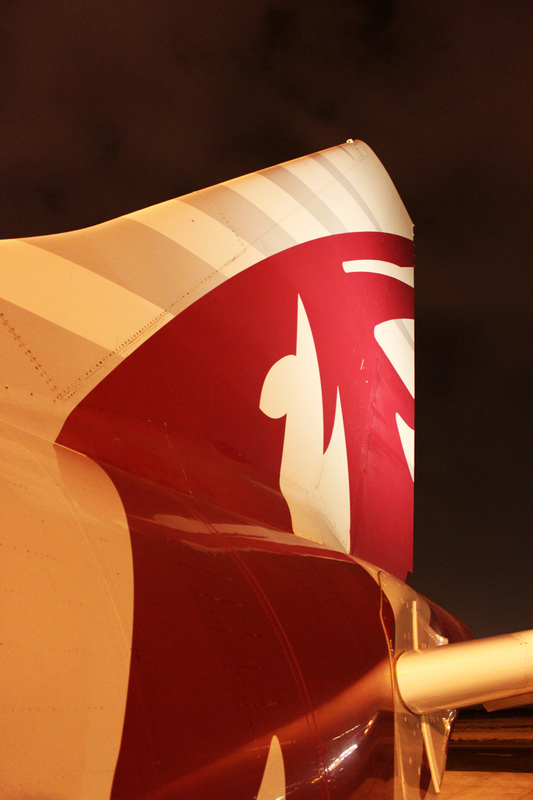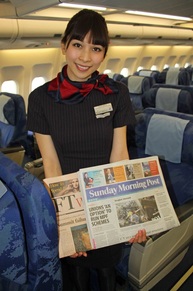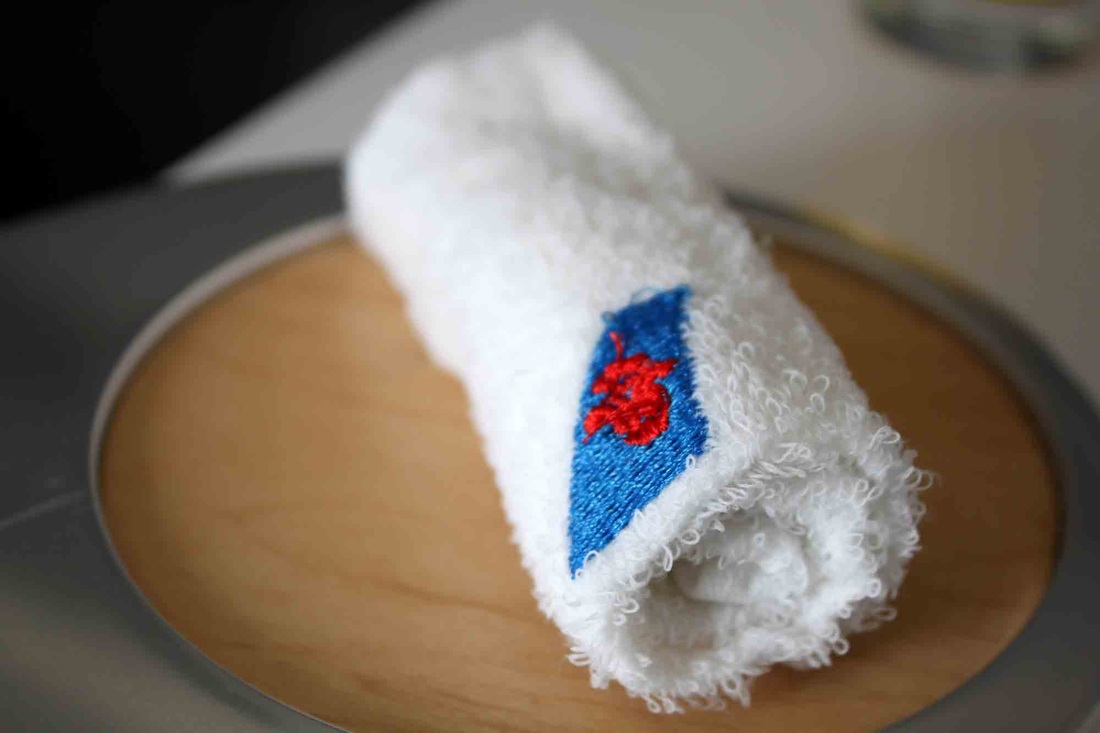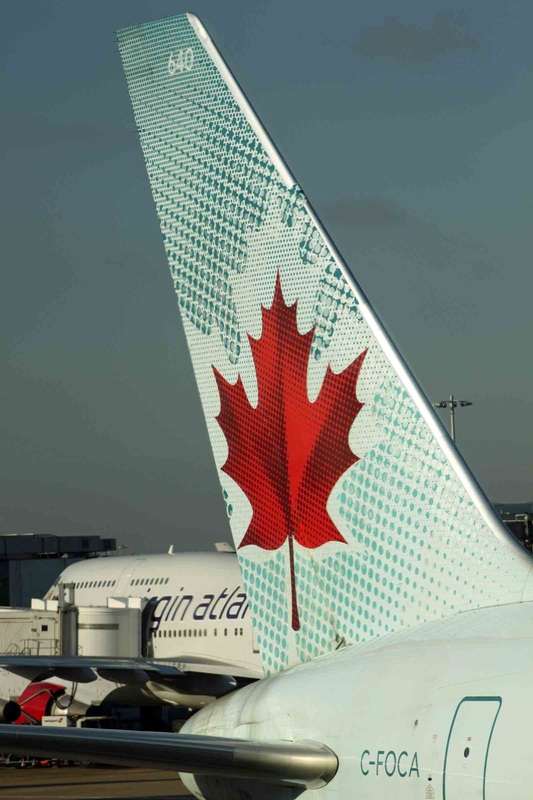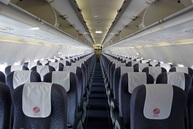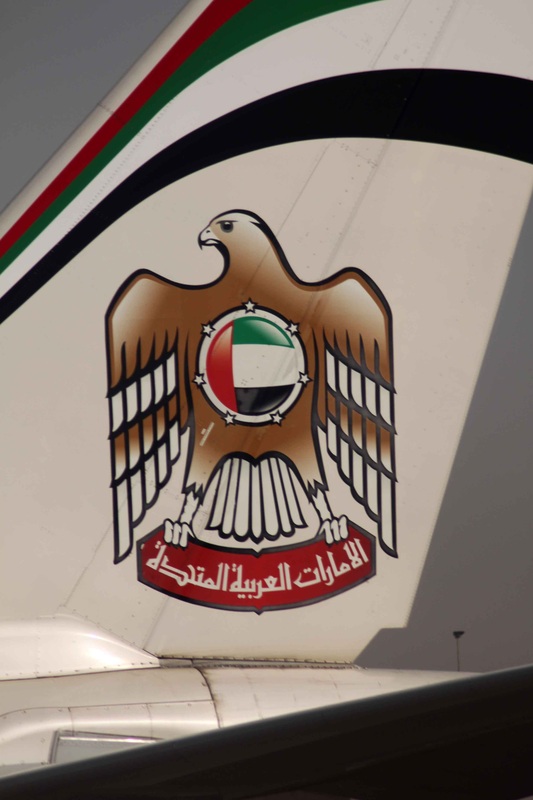|
PAL Express, formerly Air Philippines or Airphil Express, is an airline operating under the business name of Air Philippines Corporation. It operates domestic and international scheduled services from Manila, Cebu, Davao City and Zamboanga. The airline has been re-branded a number of times, first as Air Philippines, then Airphil Express, and is now known as PAL Express. After a series of financial losses, Air Philippines ceased operations until it was acquired by investors from Philippine Airlines. After the acquisition, the airline was re-launched as PAL Express, operating some routes and slot assignments of its sister company Philippine Airlines until management decided to re-brand the carrier as a budget airline known as Airphil Express. However, in March 2013, the company's CEO announced that the name would revert to PAL Express. As a codeshare partner of Philippine Airlines, PAL Express operates as a full service carrier within a low-cost model.
PAL Express is Philippine Airlines' answer to Cebu Pacific Air's dominance in the low-cost travel market in the Philippines. It has allowed PAL to focus on the premium market, where domestically PAL does not have competition. Airphil Express gained a significant increase in passengers following its launch as a low-cost carrier. The airline is currently in fleet acquisition model to support its planned domestic and international route expansion plan. Airphil Express currently holds the no. 3 position among Philippine-based airlines, with 19% market share. The Dash-8 aircraft is used for domestic routes, especially to the smaller island airports. I took this flight from Manila to Boracay’s Caticlan Airport. Route: MANILA AQUINO INTL. AIRPORT-CATICLAN AIRPORT- Departure date and time of flight: April 2015, 15:30 Flight number: PR2041 (ICAO callsign: “AirPhil 2041”) Flight duration: 40 minutes Cabin: FIESTA ECONOMY CLASS Aircraft type: Dash 8-300 (9 in service) Aircraft registration: RP-C3018 Engine Type: Two x PWC PW123 Aircraft Serial Number: 658 Frequent flyer programme: Mabuhay Miles Seat configuration for this aircraft: Economy Class: 76 seats in a 2-2 configuration Any baggage issues: No issues regarding the baggage. For First and Business Class, Philippine Airlines have a checked baggage allowance of 40 kg and 30 kg total respectively for all routes excluding transatlantic routes. Economy Class passengers can take 23kg in the hold. All routes have a carry-on allowance of one piece not exceeding 7 kg (50x37x25 cm). Comments on the check-in: This was a connecting flight from Hong Kong to Boracay via Manila. At Manila, you have to change terminals, from the International Terminal to the Domestic Terminal. Be prepared to face a noisy, chaotic and unorganised airport terminal. Despite the chaos, the Filipino people are very friendly and nice, and very helpful as well. I admire them for their tolerance levels. Amazing. Punctuality of the flight: Departed bang on time and we landed in Caticlan around five minutes early due to low air traffic in the area. You get to see spectacular views of Boracay when you land- the plane goes over the main island on approach. Comments regarding the meal: Just a packet of crisps, and a bottle of water. Comments on the in-flight entertainment system: None Comments of professionalism of the cabin crew: The cabin crew were very hospitable, and proud to work for Philippine Airlines. There was a genuine smile on every crewmembers face and you could tell that they really enjoyed their job. There was a real sense of teamwork in the cabin. As a customer (or passenger) it is easy to tell if the cabin crew are not getting along with each other (it does happen like any other job!), and on this flight I could see that everyone was in a joyous mood. If there was something I wanted or a question I had, then no one objected to it. Instead, they tried their best to help me as much as they could. The senior purser was just gem of a person. The whole flight experience was like magic, and everything seemed to go smoothly. Therefore, yes the world can be ideal sometimes. For such a short flight and a tiny aircraft, there are only two cabin crew members, one located at each end of the aircraft. Comments on the interior of the aircraft (including seat comfort): There are 76 seats in the Bombardier Dash-8 300, with a 2-2 configuration. Philippine Airlines logo and livery: The Philippine Airlines logo has gone under four incarnations in the entire length of its operations. The first logo incorporated a blue oval with "PAL" superimposed in white letters, a four-pointed star whose points intersect behind the "A" in the PAL initials, and a wing whose position varied depending on the location of the logo (the wing points to the right if located on the left side of the plane, left if on the right side). A variant of this logo used a globe instead in the blue oval with the PAL initials superimposed. This logo would be in use from the 1950s until the mid-1960s, when it would be replaced by a second logo. The second logo adopted a blue triangle (with the bottom point missing) and a red triangle superimposed upon it, enclosed by a circle; this was meant to evoke a vertically-displayed national flag (the white being formed by the negative space between the two triangles' tips). In the mid-1970s, a third logo, which removed the circle and simplified the shapes, was introduced. The typeface used in the third logo was later applied to the second logo, which remained the official PAL logo until 1986, when it would be replaced by the current logo. The current PAL logo features the same two blue and red triangles used in the second and third logos. However, an eight-rayed yellow sunburst that recalled the flag's Sun was superimposed on top of the blue triangle, and a new Helvetica typeface was used. PAL liveries have undergone many incarnations. The first PAL aircraft bore a simple white-top, silver-bottom livery separated by solid straight cheatlines, with a small Philippine flag superimposed on the tail. The name "Philippine Air Lines" was superimposed in the upper forward portion of the fuselage and the PAL logo was located at the back. Later variants of the livery, especially on PAL jet aircraft, made use of an extended Philippine flag as cheatlines, with the PAL logo superimposed on the tail. By this time, the name "Philippine Airlines" was used in the livery. Another variant of the original livery used by PAL is somewhat similar to the current livery. However, it uses PAL's third logo on the tail with blue, white and red cheatlines running the center of the fuselage. Later on, the bottom half of the fuselage was also painted white. The current "Eurowhite" livery, first used with the Short 360, was adopted in 1986 following PAL's corporate rebranding. This livery, (designed by Landor Associates) has the name "Philippines" superimposed on the forward portion of the fuselage in italics (using the PAL logo typeface), while the tail is painted with the logo and the Philippine flag is visible near the rear of the aircraft. The PAL logo is also painted on the winglets of aircraft that have them. The name "Philippines", instead of "Philippine Airlines", is to denote that PAL is the primary flag carrier of the Philippines. However, this sometimes leads to confusion that a PAL plane, especially when chartered by the President for official or state visits, is in fact the official air transport of the Philippine head of state. Any PAL aircraft with the callsign PR 001 is a special plane operated by Philippine Airlines to transport the President of the Philippines. For the airline's 70th anniversary, a special decal was placed on all of its aircraft. The sticker featured a stylized "70" and the words, "Asia's first, shining through". Overall rating 1-10 (worst-best): 10 Comments are closed.
|
About Airline PRThis is a special section on Airline Branding, and Airline Public Relations written by me on all the flights I have been fortunate enough to have been on. These are not records taken from somewhere else, but are actual flights I have been on. Most of the flight trips are officially sponsored by the airline companies in order to promote their certain routes, and aircraft. Airline promotion and PR related work in the aviation industry is one of my expertise. Watch exclusive videos below taken in the cockpit of a Boeing 777-300ER in-flight over Chinese Airspace.
Special thanks goes to Turkish Airlines B777-300ER Cockpit Video 1B777-300ER Cockpit Video 2Archives
March 2024
Airlines Reviewed
All
Proud media partner of QATAR AIRWAYS |

